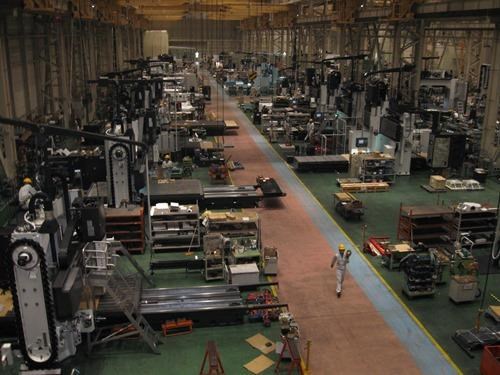Why a Dual-Column Machining Center?
According to this machine tool supplier, a dual-column or bridge-type machining center is 10 times more thermally stable than a comparable “C” style machine.
Share







Dual-column machining centers being produced at Okuma’s production facility in Kani, Japan.
According to machine tool distributor Gosiger, a dual-column or bridge-type machining center is 10 times more thermally stable than a comparable “C” style machine. Because of the dual-column design, says the company, heat affects the bridge structure linearly. The machine expands only in a straight line, allowing dimensional changes to be compensated electronically.
The dual-column design also places the spindle nearer to the center of mass of the machine, increasing rigidity. Read more in Gosiger’s article about dual-column machines.
Related Content
-
Ballbar Testing Benefits Low-Volume Manufacturing
Thanks to ballbar testing with a Renishaw QC20-W, the Autodesk Technology Centers now have more confidence in their machine tools.
-
How to Determine the Currently Active Work Offset Number
Determining the currently active work offset number is practical when the program zero point is changing between workpieces in a production run.
-
Inverting Turning and Five-Axis Milling at Famar
Automation is only the tip of the iceberg for Famar, which also provides multitasking options for its vertical lathes and horizontal five-axis machine tools.












